Researchers teach robots to make appropriate reactive human facial expressions, an ability that could build trust between humans and their robotic co-workers and care-givers.


Researchers teach robots to make appropriate reactive human facial expressions, an ability that could build trust between humans and their robotic co-workers and care-givers.
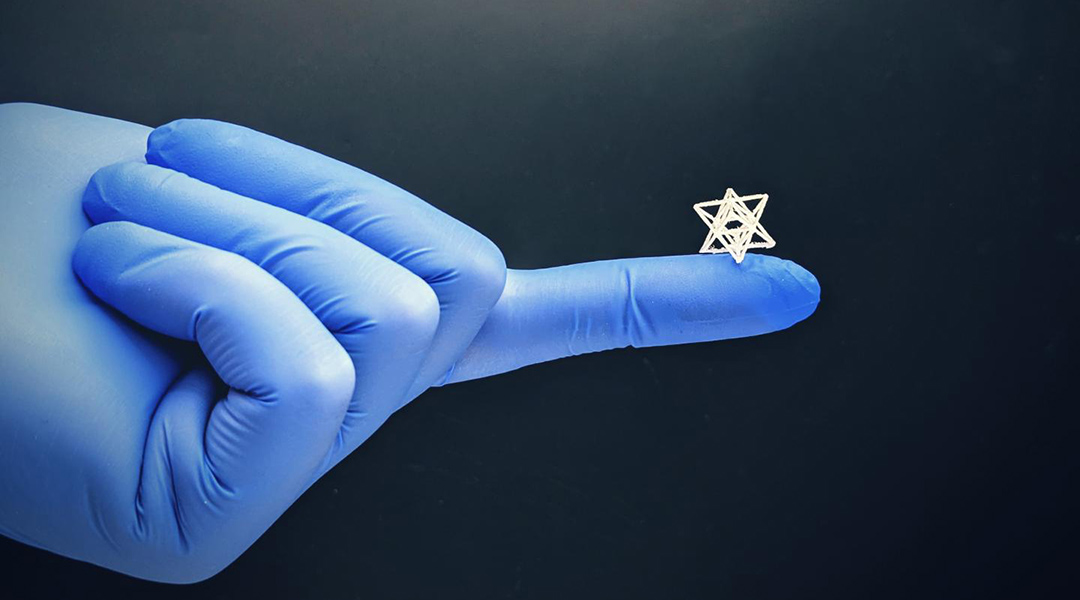
Researchers have flipped traditional 3D printing to create some of the most intricate biomedical structures yet.
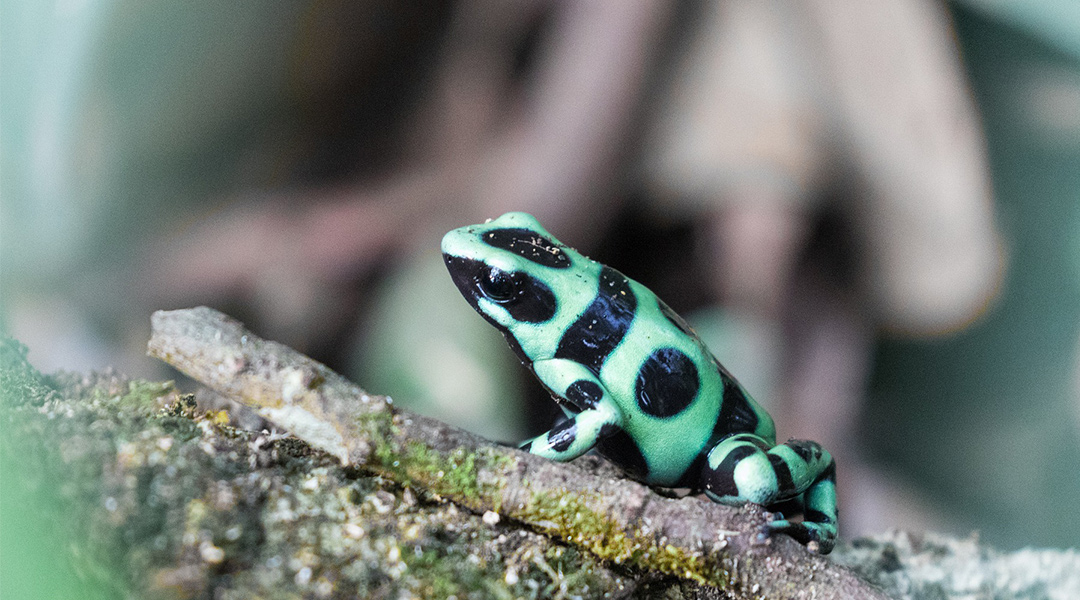
Scientists in Japan have devised an efficient way to create the backbone to a whole family of natural products, thus unlocking potential new medicines.

A new approach to the synthesis of sustainable ammonia and urea uses food waste and brown water as feedstocks.
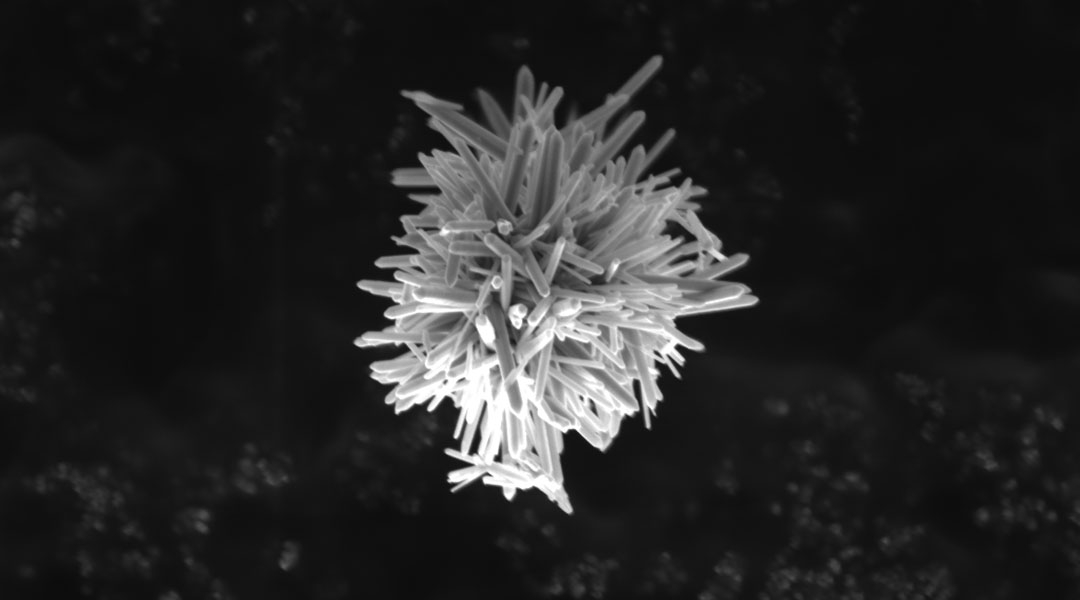
Bacteria-killing micromotors, microscopic patchworks, and DNA fibers decorated with self-made “smileys” — science has never looked better.

With research groups spread over two continents, Osier is striving to eliminate malaria through her groundbreaking work in immunology, advocacy and awareness.
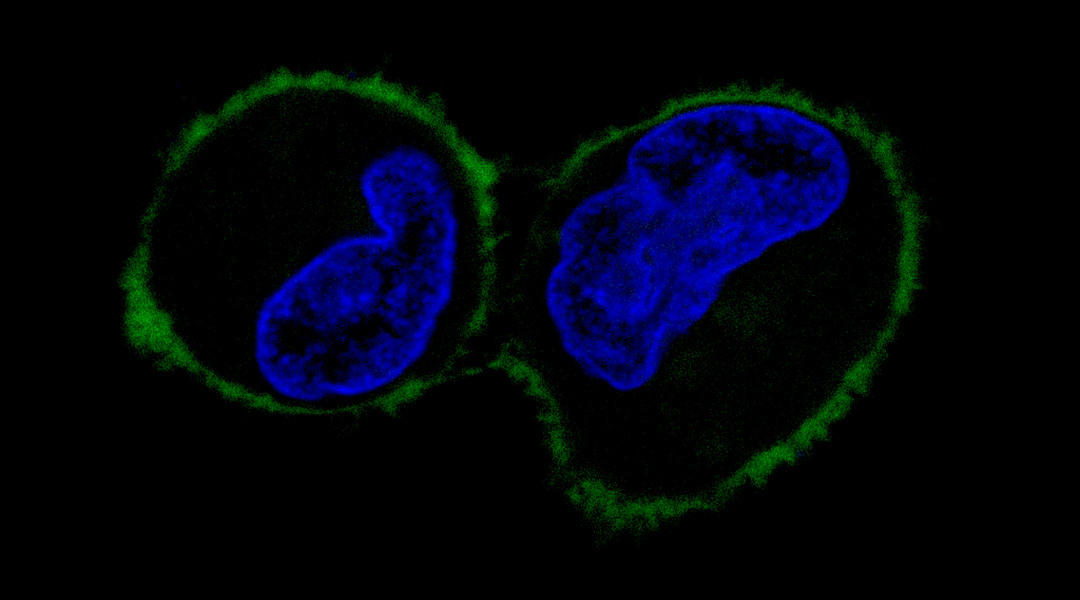
Polypeptides that selectively induce calcification of cancer cells could improve early detection and limit the progression of lung cancer.
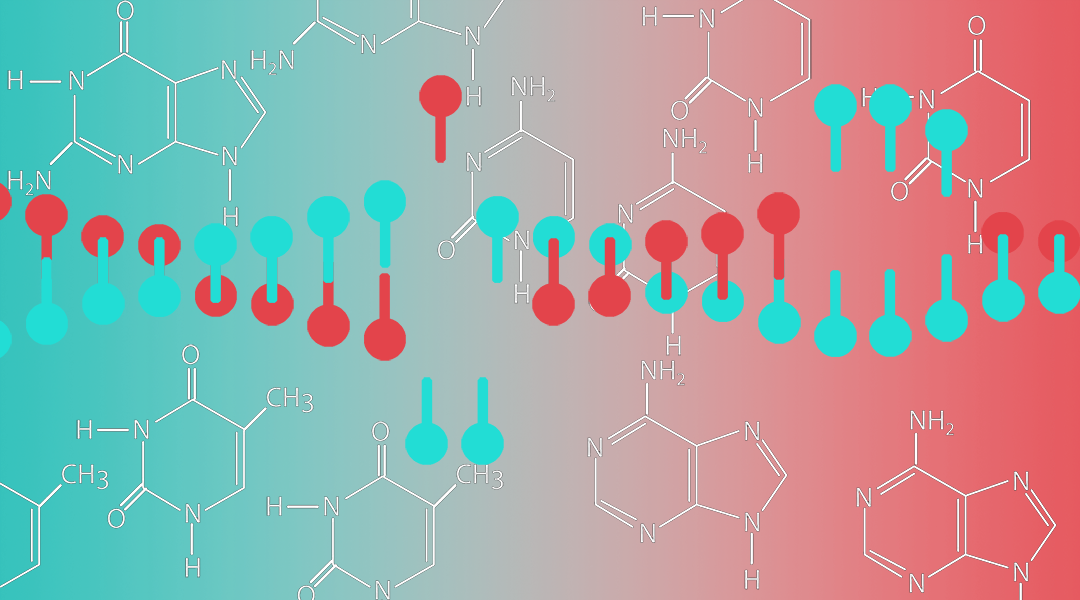
Here we take a look at how CRISPR, the revolutionary “molecular scissors”, works and where its being used.
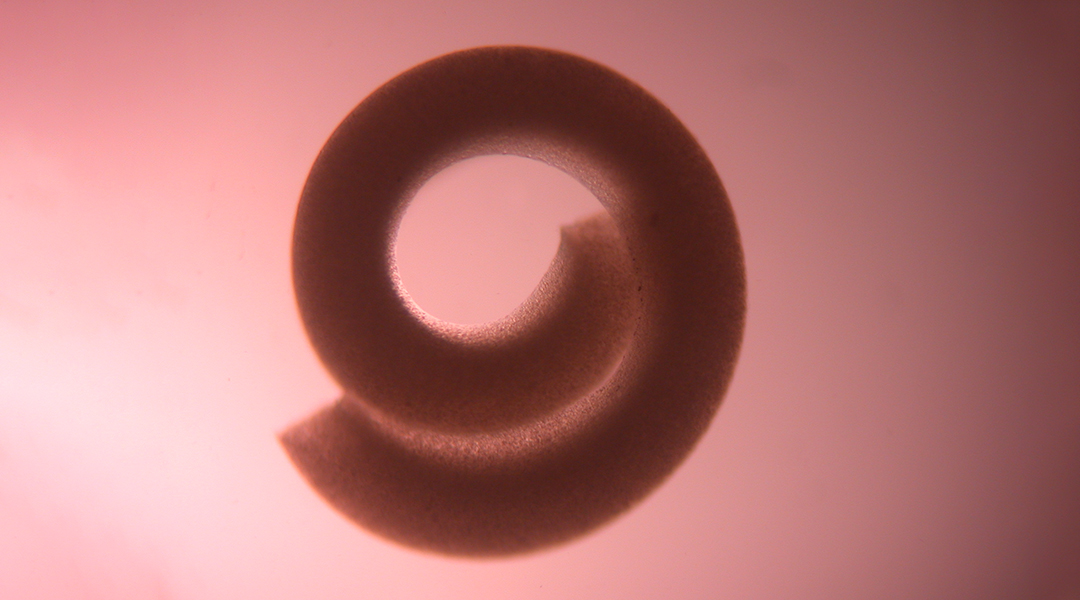
A new hydrogel can incorporate high cell density constructs to better mimic the rearrangement of native tissue in bioengineering.

The Achilles heel of supercapacitors as energy storage devices, is gradually being overcome.